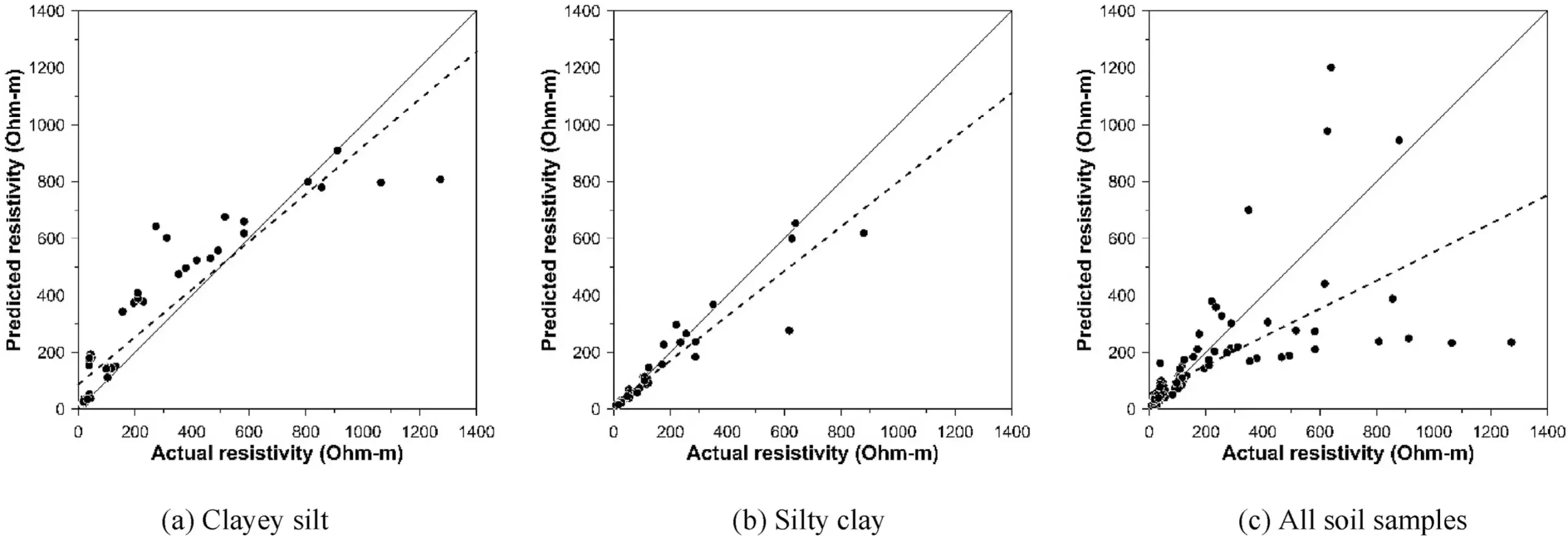Effective power grounding systems are essential for maintaining the safety and reliability of critical electrical subsystem infrastructure, particularly in substations. These systems play a crucial role in providing a low-resistance path for electrical fault currents to flow into the earth, thereby preventing electrical shocks, fires, and damage to vital equipment.
Soil resistivity is a key factor in the design of power grounding systems, as it directly impacts the effectiveness and efficiency of these systems. Selecting sites with the lowest soil electrical resistivity is vital for ensuring optimal performance and safety in electrical substations. Inaccurate determination of soil resistivity can lead to faulty grounding systems, posing serious risks to equipment and personnel.
The Electricity Generating Authority of Thailand has established criteria for the soil resistivity required for substations, with a threshold of less than 80 Ohm-meters. However, many sites fail to meet these requirements, underscoring the need for robust soil resistivity assessment methods. Various studies have explored the relationship between soil resistivity and geotechnical properties such as water content, unit weight of soil, salt content, clay content, and particle sizes. Despite these efforts, there is still a need for a comprehensive predictive model that integrates these relationships.
Professor Shinya Inazumi and his research team from the College of Engineering at Shibaura Institute of Technology conducted a thorough investigation into the behavior and relationships between soil resistivity and geotechnical parameters in a controlled environment. Their study, published in the journal Results in Engineering, focuses on developing predictive models based on these relationships to accurately predict soil resistivity under field conditions.
The researchers measured 30 soil samples from representative locations within a power grid substation in Thailand and established correlations between soil resistivity and key geotechnical parameters. They found a strong relationship between soil resistivity and water content, with resistivity increasing as water content decreases. While the correlation with plasticity index and dry density was less significant, a combination of water content, plasticity index, and dry density proved to be a reliable predictive model for soil resistivity.
The researchers acknowledged the limitation of their model in predicting soil resistivity for cohesive soils with fine particles due to the limited variety of soil samples used. However, they highlighted the potential for future research to address this limitation by including a broader and more diverse set of soil samples. This would enhance the applicability and accuracy of the predictive model developed in their study.
The study conducted by Professor Inazumi and his team represents a significant advancement in soil resistivity assessment, offering a cost-effective approach to designing grounding systems for electrical substations. By improving the accuracy of soil resistivity predictions, the study contributes to the safety and reliability of power supply systems, ultimately supporting stable economic growth and environmental monitoring initiatives.


Leave a Reply